All welcome to the seminar happening today. Room R301 (Royal London House), 13:00-14:00. Feel free to bring your lunch with you.
An exploration into the dynamics of being an international student and the complexities surrounding their placement and employability prospects
Abstract
The experience of students gaining work placement has become an integral part of the United Kingdom (UK) Higher Education (HE) system in an attempt to help prepare students for the world of work. Whilst much has been written about this subject, the majority of the research centres on the UK domicile learner. Considering the importance of the HE internationalisation agenda, the drive to increase the recruitment numbers of international students (IS) and the fact that the need to gain work experience extends to include IS, there is little published literature which explores the work placement experiences from an international student perspective. This presentation reports on an instrumental case study which explored the experiences of IS with a view to understanding the challenges they face identifying, securing and successfully completing a work placement. Findings suggest substantial challenges exist and a framework is proposed to help the university improve the international students’ placement experience and employability prospects.
Marcellus is Research Fellow in the Centre for Excellence in Learning at Bournemouth University. His involvement in the Centre touches on some of the key areas in the discipline of Education such as University Community Engagement, Graduate Employability and Education for Sustainable Development.
If you have any queries about Social Science Seminar Series, please get in touch with Dr Mastoureh Fathi (mfathi@bournemouth.ac.uk).
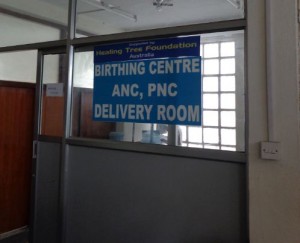





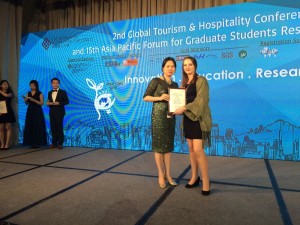
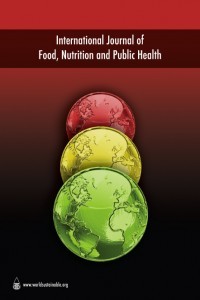

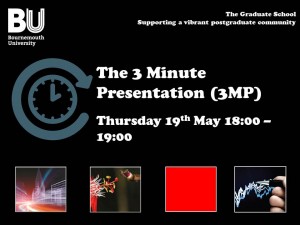
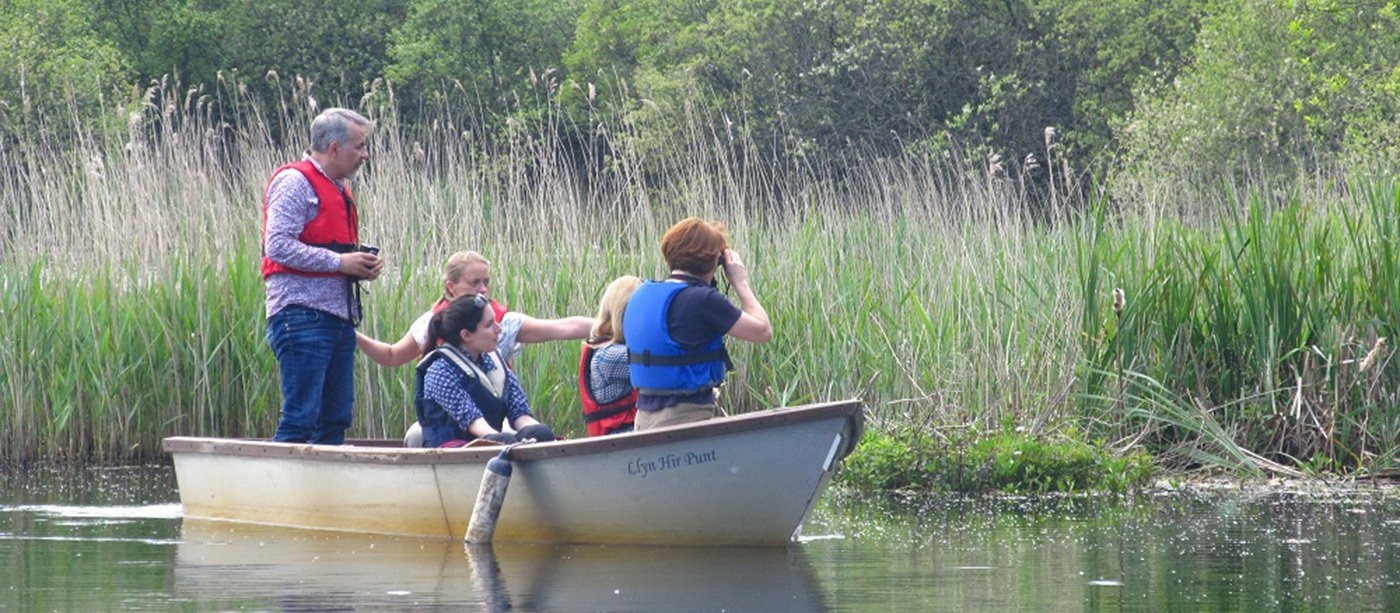
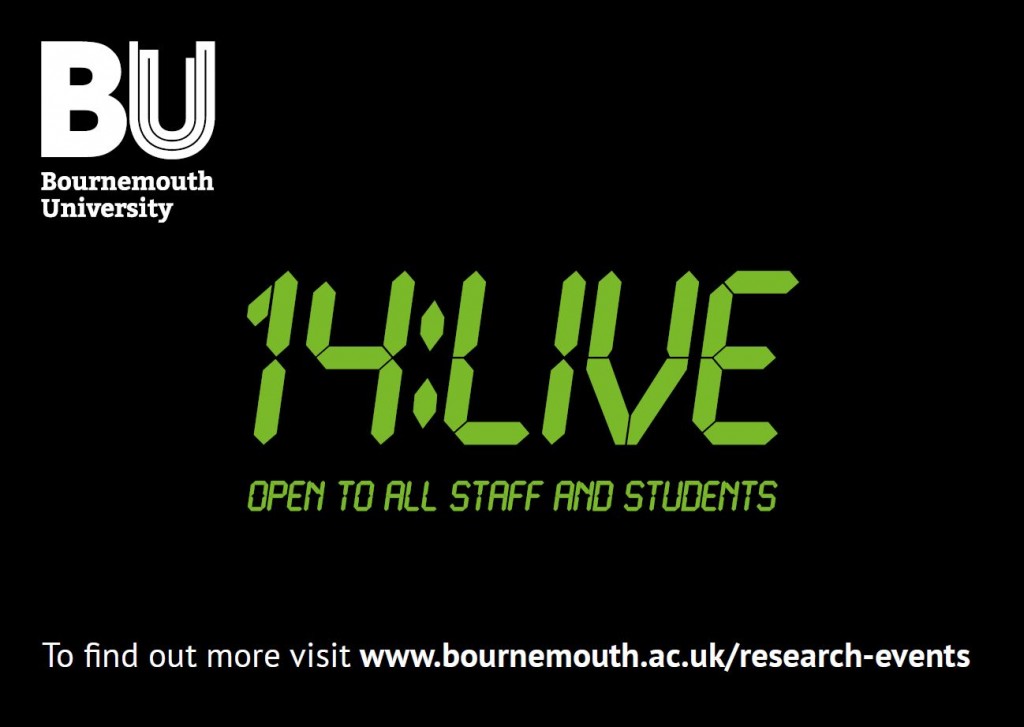
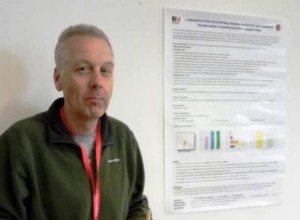
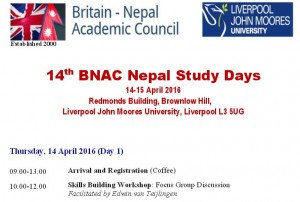
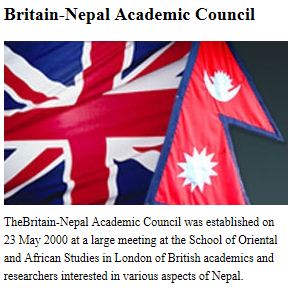
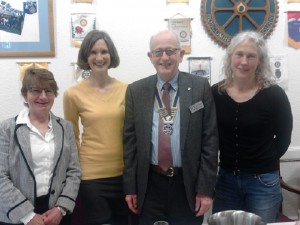
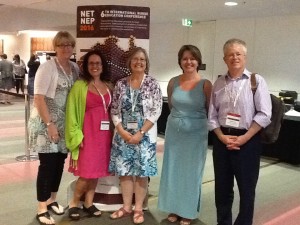












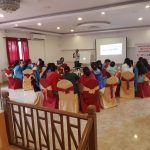 BU academic publishes in online newspaper in Nepal
BU academic publishes in online newspaper in Nepal Final day of the ESRC Festival of Social Science
Final day of the ESRC Festival of Social Science Using Art to enhance Research
Using Art to enhance Research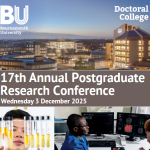 Register now to attend the 17th Annual Postgraduate Research Conference – Wednesday 3 December 2025
Register now to attend the 17th Annual Postgraduate Research Conference – Wednesday 3 December 2025 Portrait Concert featuring BU academic at L’Espace du Son Festival 2025, Brussels
Portrait Concert featuring BU academic at L’Espace du Son Festival 2025, Brussels ECR Funding Open Call: Research Culture & Community Grant – Application Deadline Friday 12 December
ECR Funding Open Call: Research Culture & Community Grant – Application Deadline Friday 12 December MSCA Postdoctoral Fellowships 2025 Call
MSCA Postdoctoral Fellowships 2025 Call ERC Advanced Grant 2025 Webinar
ERC Advanced Grant 2025 Webinar Horizon Europe Work Programme 2025 Published
Horizon Europe Work Programme 2025 Published Horizon Europe 2025 Work Programme pre-Published
Horizon Europe 2025 Work Programme pre-Published Update on UKRO services
Update on UKRO services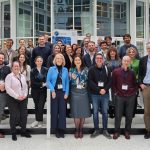 European research project exploring use of ‘virtual twins’ to better manage metabolic associated fatty liver disease
European research project exploring use of ‘virtual twins’ to better manage metabolic associated fatty liver disease